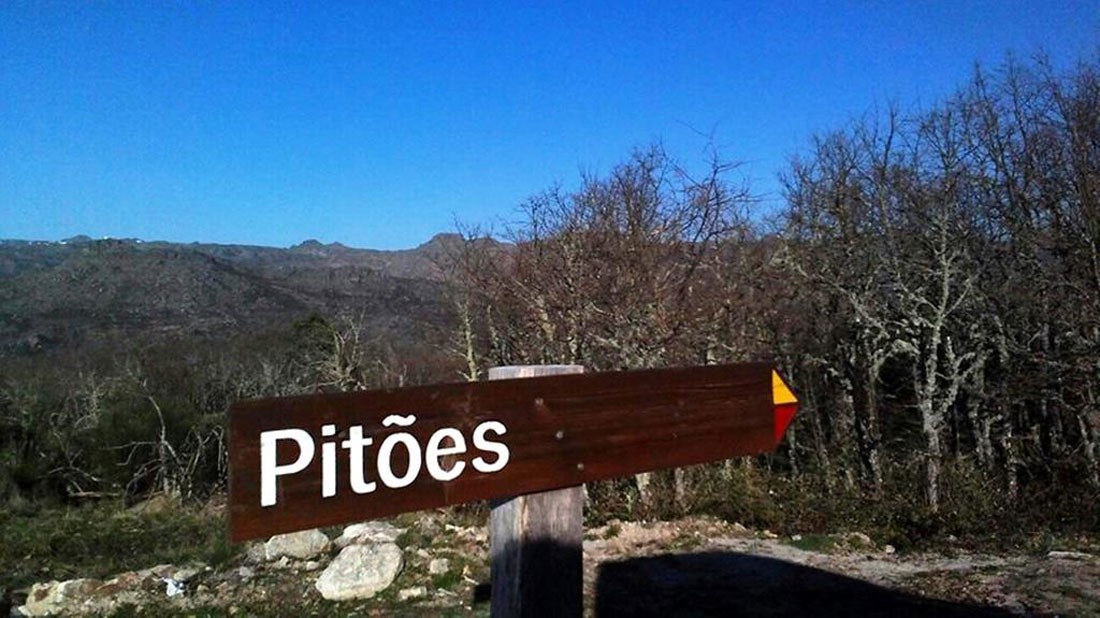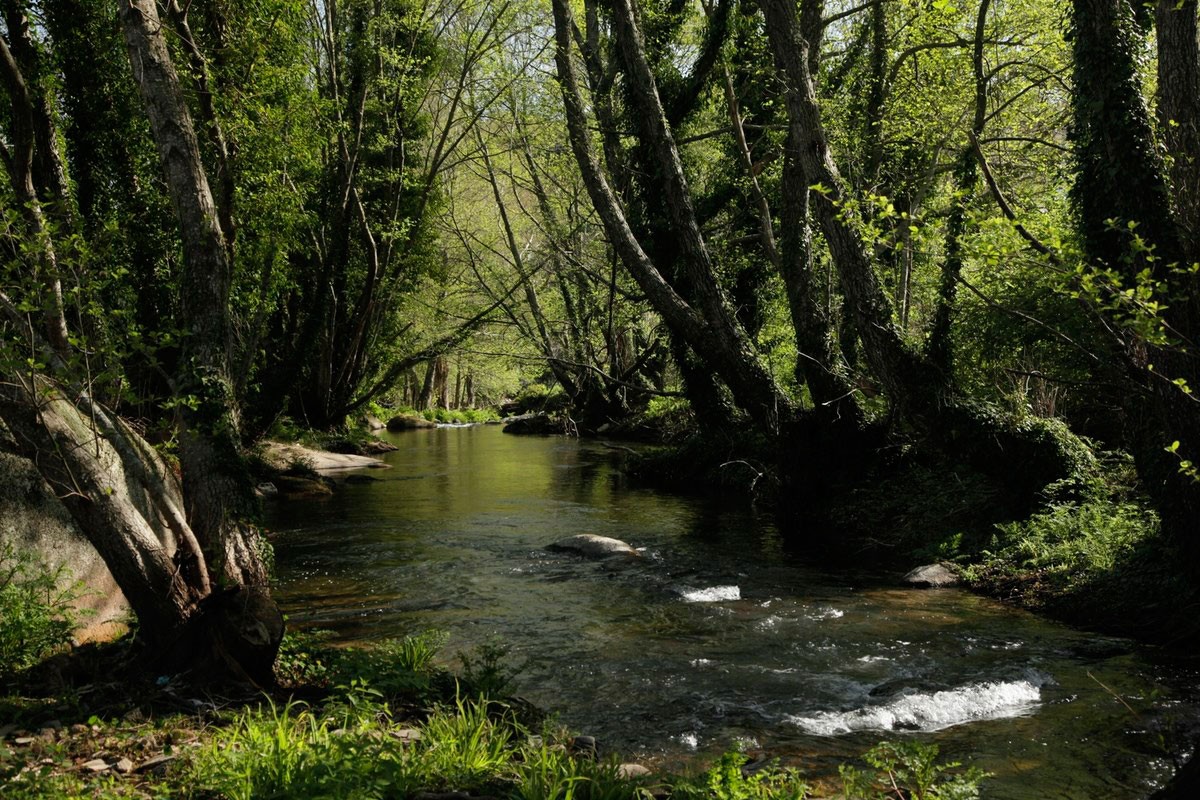Pitões da Júnias: Places to visit
Cascade Viewpoint
Parking the car at the foot of the cemetery you can take a 4km walk until you find a wooden staircase, always descending, and we find a unique scenery, a waterfall of about thirty meters. The water, coming from Ribeiro de Pitões, flows into a lake, embellished by a hundred-year-old oak where, according to the legend, lives a goblin. From the viewpoint, we can observe the entire national park of Peneda Gerês.
Monastery of Santa Maria das Júnias
The path that leads to the Miradouro is the same that leads to the Monastery. You will have to walk an irregular path of slabs and stones and it will be in the Vale da Serra da Mourela, that we find the Monastery of Santa Maria das Júnias and a very old and somewhat degraded mill! Today it is in ruins, except for the church, due to the fire that started after an attack of the Spanish army to the village, during War of the Restoration of the Portuguese Independence, after 1640. By the century XVIII would be recovered and inhabited by monks, being, however, after 1850, abandoned, burning again, this time a result of games of young revelers. Again, fortunately, only the Cathedral of the church remained standing. Of the original construction still conserves the lateral portico of the church of Romanesque style and the arches of the cloister.

São João de Fraga Chapel
The origins of this chapel are totally unknown. It was made in honor of St. John of the Fraga. To get to this chapel, at more than 1100 meters of altitude, you must go through one of the most emblematic routes of Pitões das Júnias.
Every year, on the first Sunday after St. John’s Day, most of the inhabitants of Pitões das Júnias fulfill the religious tradition, whose origin is also unknown, to climb to the top of the mountain in pilgrimage to the saint who protects the village.
The tradition dictates that at the end of the journey, in about an hour and a half, the inhabitants celebrate together with a carvalhal, eating the snacks previously, there left and dancing to the sound of concertinas.
Aldeia da Ponteira
In the surroundings there are villages that seem to have stopped in time, where the people welcome us with a smile, being the desire to one day return.
One of the typical Portuguese villages is the Aldeia da Ponteira, where the main attraction is Piedra Bolideira, a rock that rocks when shoved by hand.
A village where the cattle go alone to the corrals, the roads are covered with traces of the systematic and daily passage of cattle, whether bovine or goat, some houses keep the fireplaces direct without chimney for the smokers.
A faithful and original portrait of the traditional villages.






